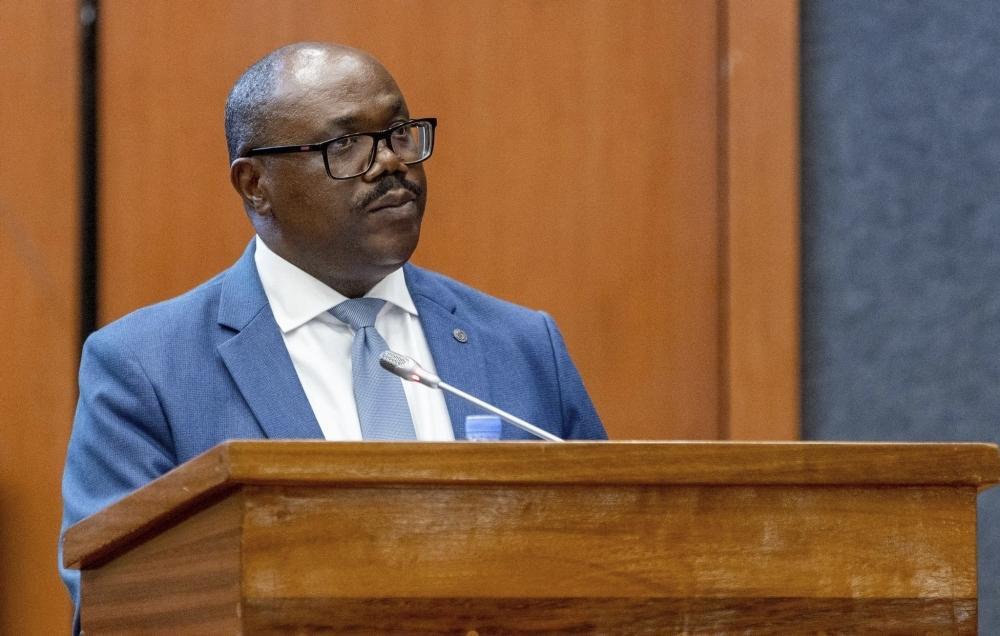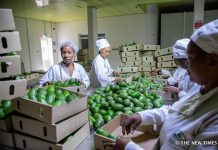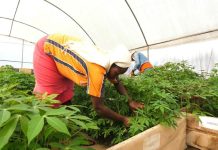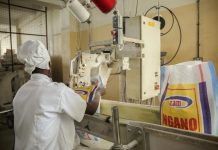Africa-Press – Rwanda. Prime Minister Justin Nsengiyumva is expected to give a presentation of the government’s efforts aimed at improving citizens’ welfare through increased agricultural productivity during a joint plenary session of both chambers of Parliament, set for the afternoon of Thursday, October 2.
This follows his field visits in Eastern and Southern Provinces, which focused on agricultural projects. It will be Nsengiyumva’s second appearance before Parliament since his appointment in late July.
His first presentation on August 12 focused on the second phase of the National Strategy for Transformation (NST2), a development programme running from 2024 to 2029.
NST2 is designed to accelerate Rwanda’s progress towards Vision 2050, which envisions sustainable economic growth, national prosperity, and a high quality of life for all citizens.
Under NST2, the government aims to transform agriculture into a more productive, market-oriented, and sustainable sector, targeting an average annual growth rate of over 6 per cent.
Key priorities during this period include increasing productivity by 50 per cent for priority food crops, such as maize, beans, potatoes, rice, and cassava. This is expected to ensure food security, promote self-sufficiency, and create export opportunities.
The Prime Minister’s briefing to Parliament comes shortly after a two-day field visit (September 22–23) to Southern Province, where he officially launched the 2026 Agriculture Season A in Nyaruguru District and outlined key initiatives to boost yields.
During the tour, PM Nsengiyumva visited the Mata Tea Factory in Nyaruguru District, which has a processing capacity of 60 tonnes per day, and the Huye Animal Feed Factory in Huye District. The latter features a production line for chicken, cow, and pig feed with a capacity of 40 tonnes per day, and a fish feed line producing four tonnes of extruded feed daily.
He also toured the Kigembe fish hatchery in Gisagara District, a key facility for producing fingerlings. The hatchery owned by Kivu Choice has seen fingerling production increase from one million in 2022, when the firm took over its management from the government, to 60 million currently.
This growth has contributed greatly to Rwanda’s farmed fish production, which has more than doubled—from 3,900 tonnes annually to 10,000 tonnes, according to the Rwanda Agriculture and Animal Resources Development Board (RAB).
In early August, the Prime Minister visited several agricultural projects in the Eastern Province, including the Gabiro Agribusiness Hub (GAH), a large-scale, job-creating farming model aimed at driving agricultural transformation and income generation.
The initial phase of GAH spans 5,600 hectares, already equipped with irrigation systems. The government has invested $118 million (approx. Rwf170 billion) into the project, according to Gabiro Agribusiness Hub Ltd, the firm overseeing its implementation. There are plans to expand the model to other regions of the country.
PM Nsengiyumva also visited the Nasho Solar-Powered Irrigation Scheme in Kirehe District, a joint project between the Government of Rwanda and the Howard G. Buffett Foundation. Covering over 1,100 hectares and supporting more than 2,000 farmers, the scheme has significantly improved farmers’ resilience to drought in this arid region of Eastern Province.
For More News And Analysis About Rwanda Follow Africa-Press






